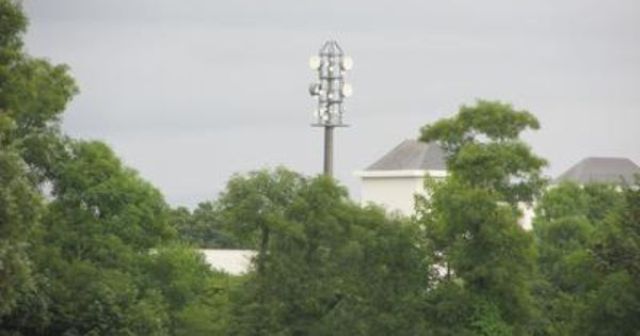 TRAI (Telecom Regulatory Authority of India) has revealed its recommendations on approach towards green telecom.
TRAI (Telecom Regulatory Authority of India) has revealed its recommendations on approach towards green telecom.
The TRAI recommendations on green telecom comes in the wake of the recent reports said ICT is expected to account for about 3 percent of global GHG emissions worldwide by 2020.
TRAI said the accuracy level of the Carbon Footprint should be taken as adequate based on the self certification by the TSP. Telecom operators need not go for any independent third party audit of the Carbon Footprint in the current scenario.
Indian telecom operators can continue the existing approach for calculating carbon footprint including scope 1 and scope 2 emissions. Telecom operators should submit the Carbon Footprint report annually within 45 days after 31 March of every year. Currently, most telecom operators do not submit such reports.
Telecom operators should submit the first report of the Carbon Footprint for the base year 2011-12 as per revised formula within 3 months from the date of issue of the directions / instructions by DoT (Department of Telecommunications).
The total carbon emission should be calculated as sum of carbon emission from grid power and DG Set:
CTOTAL = CGRIDPOWER + CDGSET in tonnes CO2e per year Carbon Emission from Grid power: CGRIDPOWER= (EF * A) tons of CO2e per year
Where EF = Average Emission Factor of the grid (in tonnes of CO2e/MWh) taken from the report of the Central Electricity Authority for the corresponding zone as applicable from time to time
A = Consumption of power from the grid by the telecom network per year (in MWh)
Carbon Emission from DG Sets: CDGSET = 𝟎. 𝟎𝟎𝟐𝟔𝟐𝟗 ∗ 𝐍 tonnes of CO2e per year
N = total Diesel consumption of the diesel generator in litre in a year.
The average carbon emission should be based on the average amount of data traffic as below:
If the traffic carried by the telecom network is “T Petabyte” then the total carbon footprint per unit traffic is given by:
CTOTAL_PER UNIT TRAFFIC = 𝐂𝐓𝐎𝐓𝐀𝐋/ 𝐓 in tons CO2e per unit Petabyte Where T should be calculated by adding the data traffic and voice traffic (after converting the voice traffic into data).
TSPs should voluntarily adopt the RET solutions, energy efficient equipments and high capacity fast charging storage solutions etc. to meet the target for reduction of Carbon Footprint.
The electricity generated by the RET solution funded/ maintained by the TSP should be subtracted from overall carbon emission of the TSP irrespective of its use.
RET deployed in Telecom Network, irrespective of the source of funding of RET project, should be counted towards savings from overall carbon emission.
TEC should set up the model lab facility for certification of telecom products, equipments and service on the basis of ECR ratings. TEC should finalise “ECR document” delineating the test procedures and the measurement methodologies utilised. Public/private agencies may be accredited for conducting such certification.
India Government should make necessary provisions mandating that all telecom products, equipments and services in the telecom network should be Energy and performance assessed and certified “Green Passport” utilising the ECR Rating and the Energy Passport determined. The provision should be synchronised with the setting up of lab and finalisation of test procedures by TEC.
Telecom service providers would adopt a Voluntary Code of Practice encompassing energy efficient network planning, infra-sharing, deployment of energy efficient technologies and adoption of Renewable Energy Technology (RET).
Telecom service providers through their associations should consensually evolve the voluntary code of practice and submit the same to TRAI within three months from the date of issue of the direction.
Service providers should evolve a “Carbon Credit Policy” in line with carbon credit norms with the objective of achieving the reduction in carbon footprint target.
The target for reduction in carbon emission be set as 30 percent by year 2019-20 taking base year as 2011-12 and 40 percent by the year 2022-23. The targets should be reviewed in 2022-23.
TRAI said the India government should consider passing all possible benefits related to deployment of RET power to the telecom service providers as per extant government schemes.





